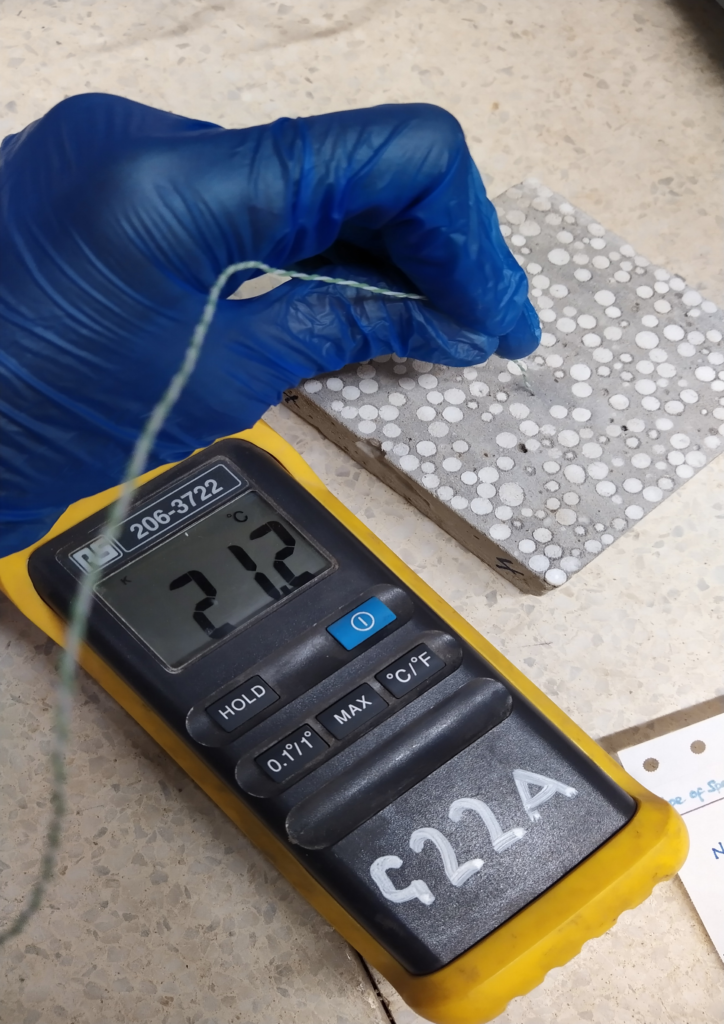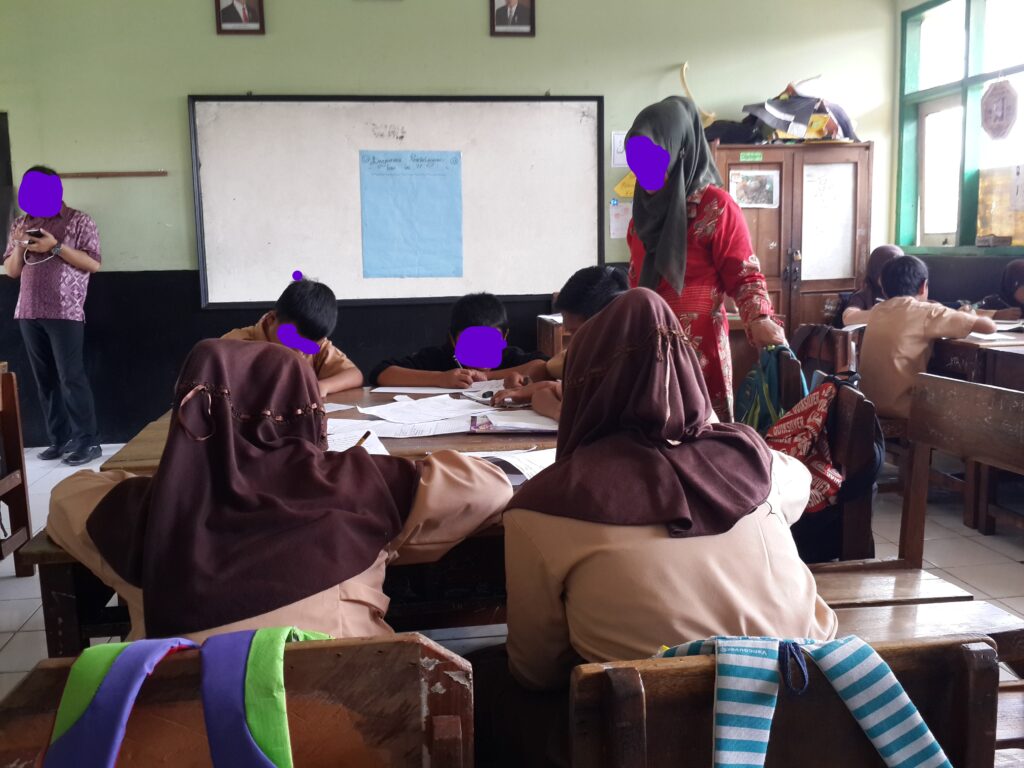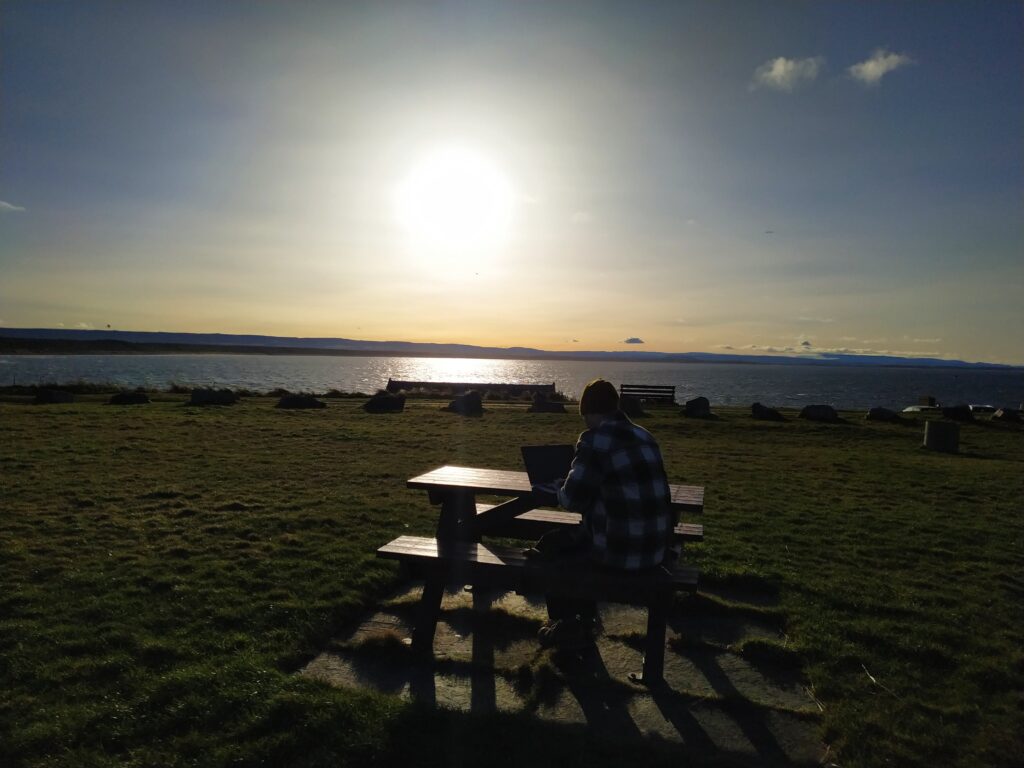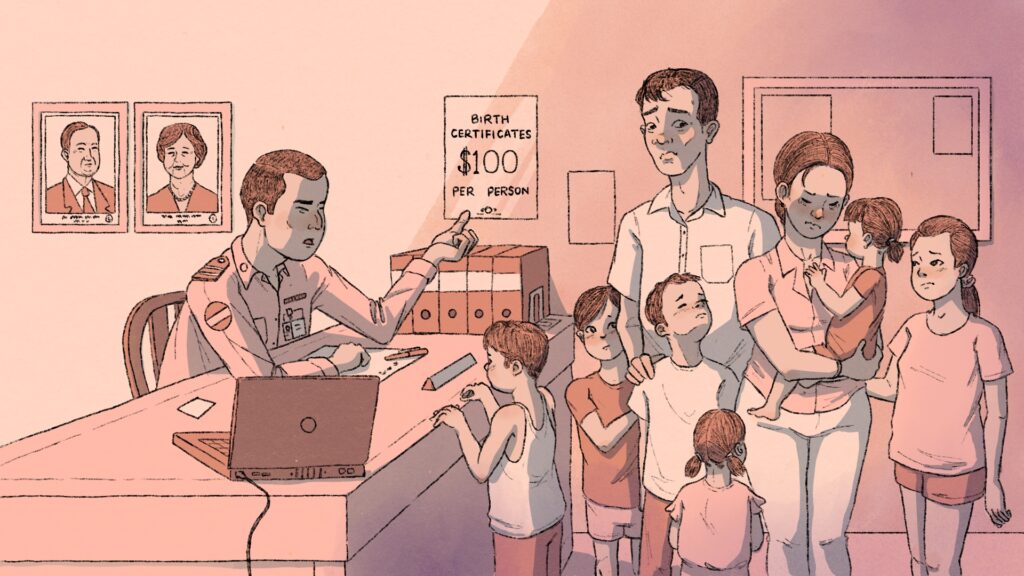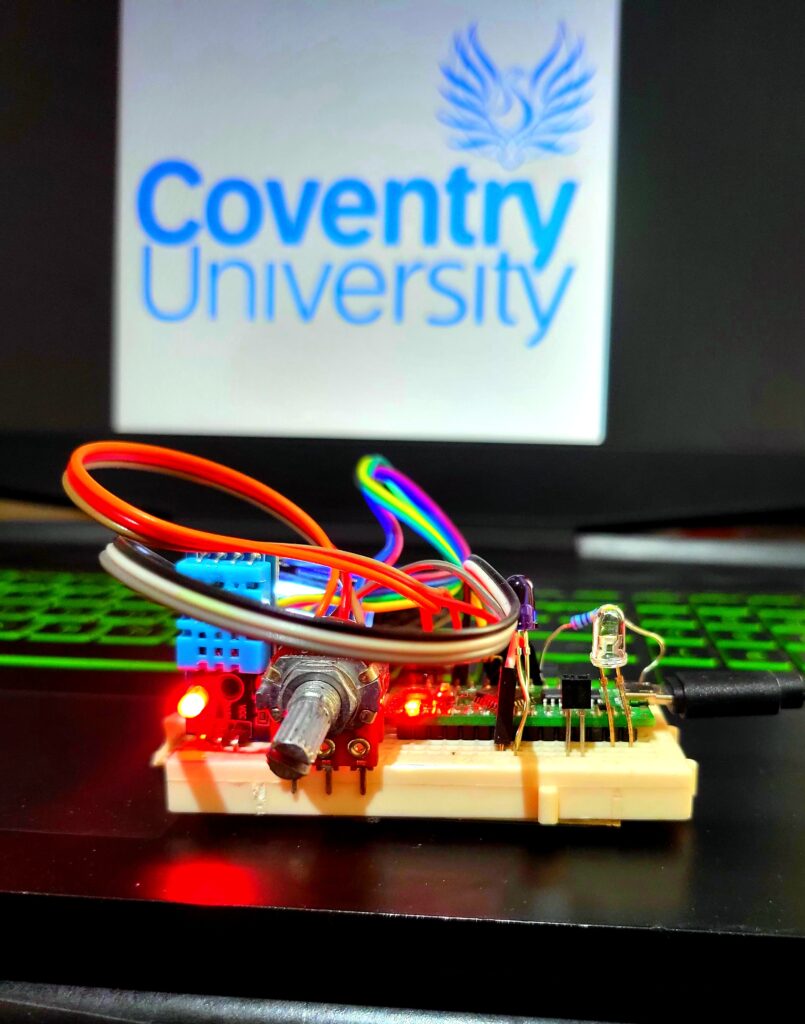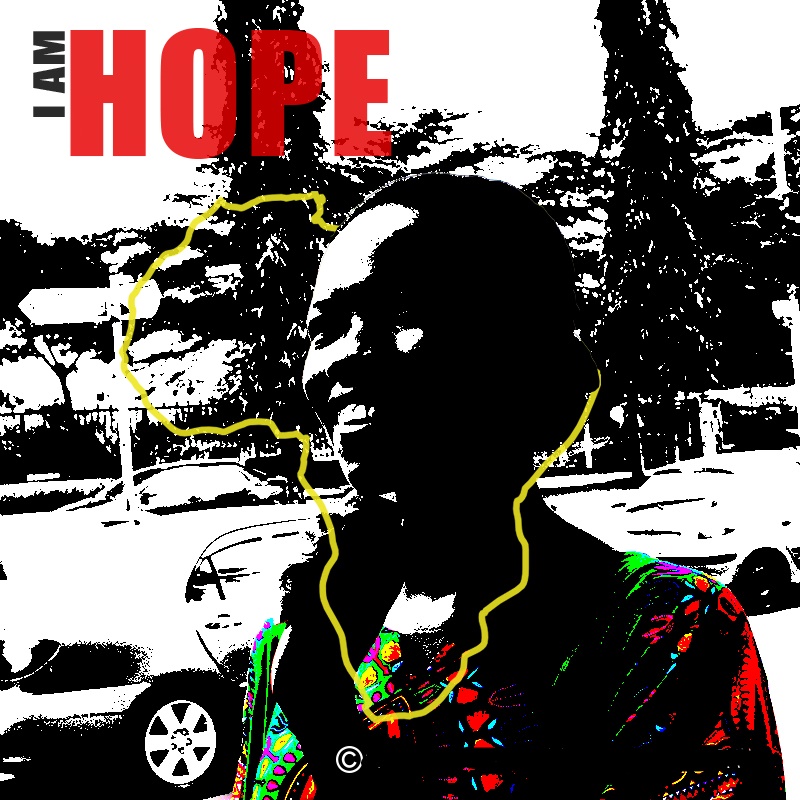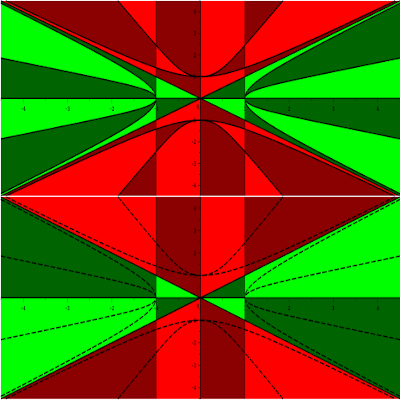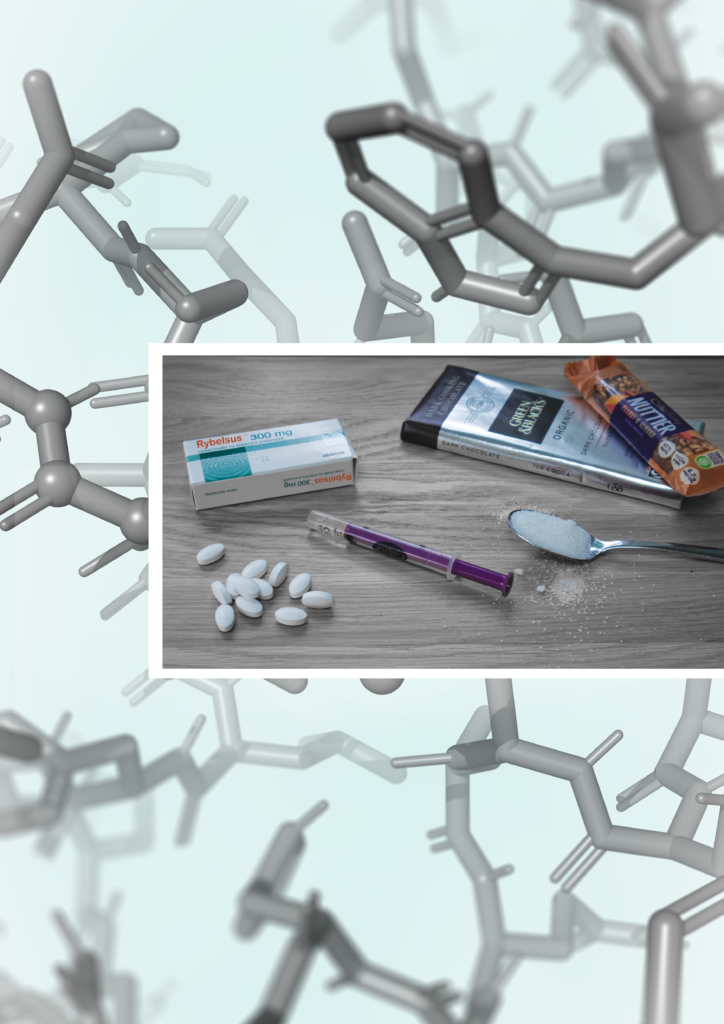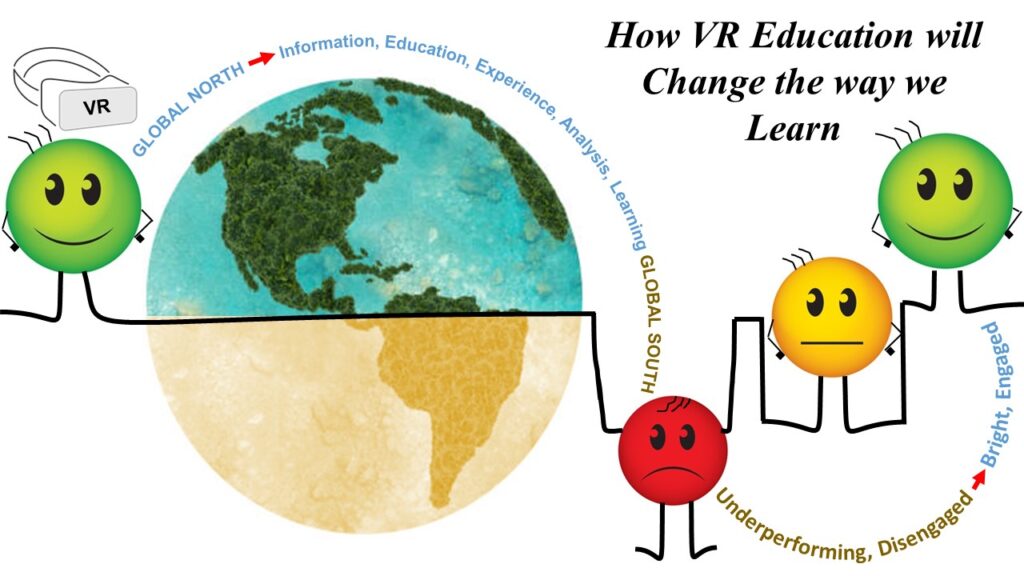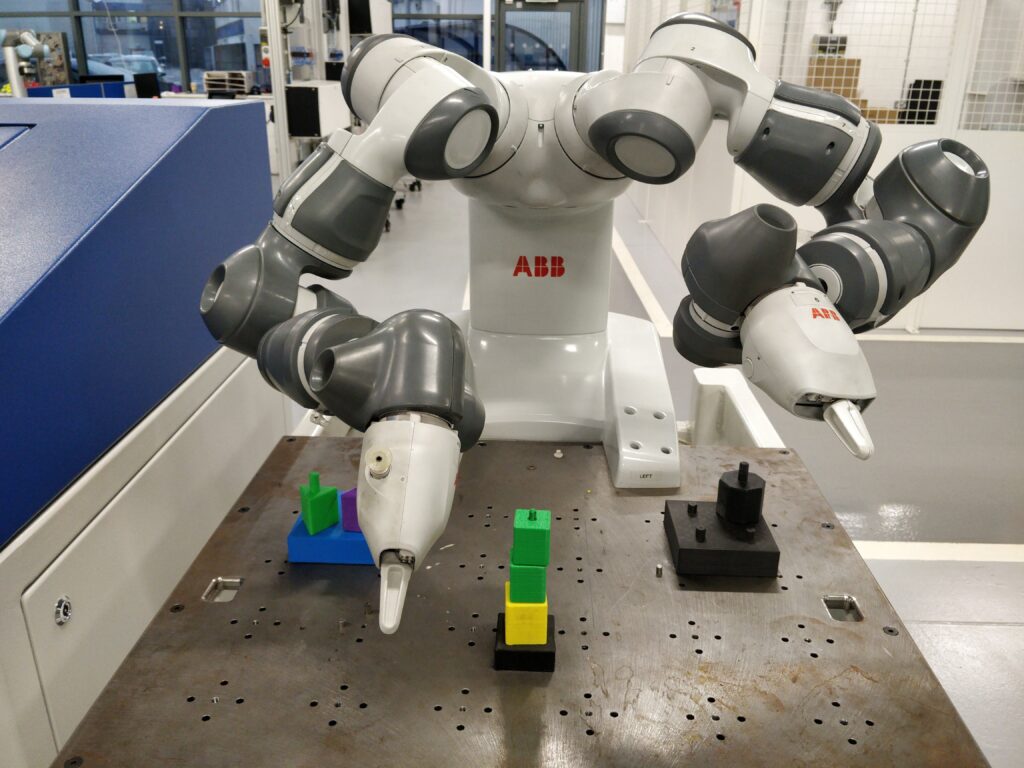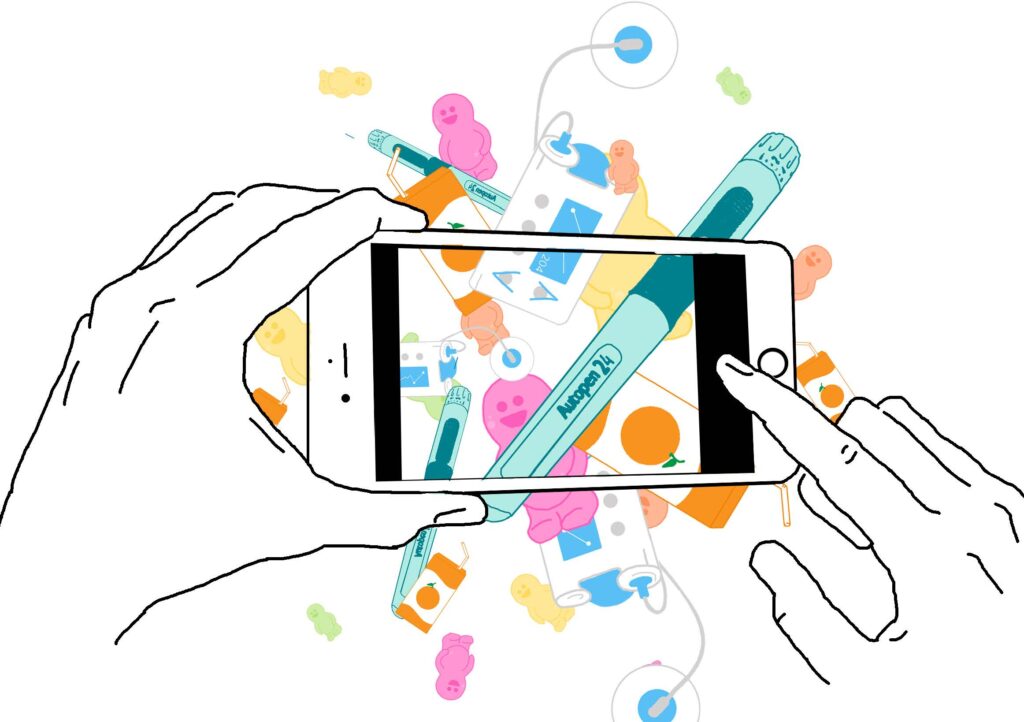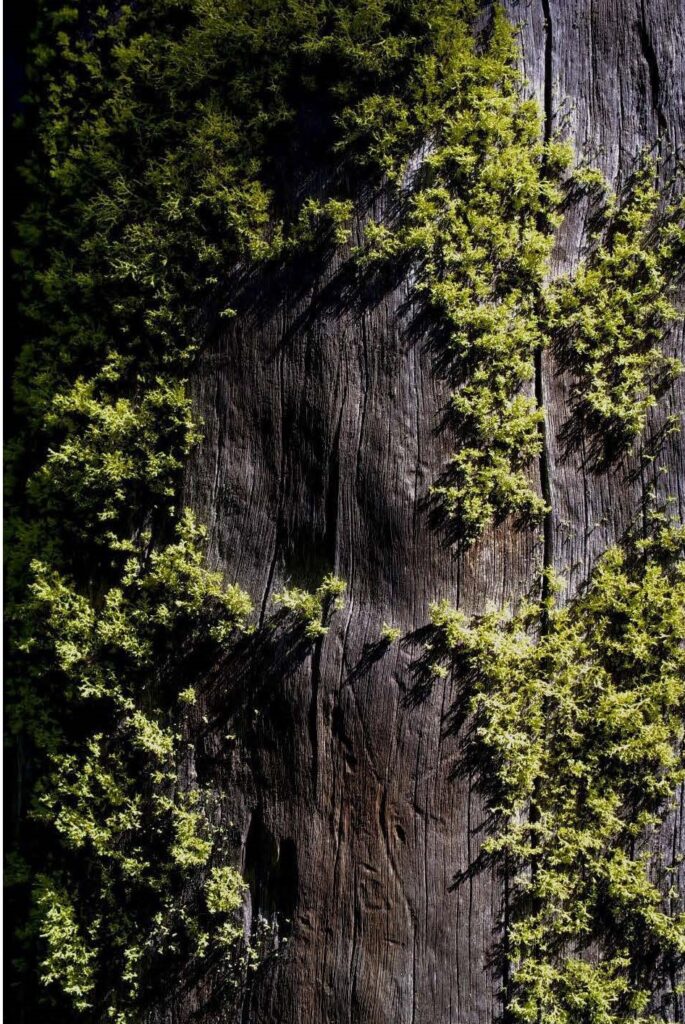Our Research Images Competition 2022 has now closed. Thank you to all who submitted an image!
You will find all of the submitted entries below and on display on Monday 31st January 2022 and Tuesday 1st February 2022 in Barn Owl, Elm Bank as part of the Hootenanny so come along and have a look.
Choose your ‘People’s Choice’ winner from the entries below and vote here! The People’s Choice winner will receive £50! Voting will close at midday (GMT) on Friday 4th February 2022
1
Our house’s poor insulation wastes a lot of energy. The most significant source of energy leakage is through the walls, which is a concerning fact. As a result, it is critical to have walls with excellent insulation capacities so that the inside and outside air temperatures of the building do not mix. The goal of this research is to combine lightweight insulating materials with concrete to create a wall material that is
durable, lightweight, and has good insulation properties.
2
The problem of religious tolerance and radicalism still occurs in many countries worldwide, particularly in Indonesia. Because Indonesia is a big country with the largest Moslem population in the world, it may be the case therefore that the problem can be impacted to the harmony and peace and also may be growing becomes an extremist movement and terrorism. Thus, this study will analyze the fundamental problem of growing religious intolerance and radicalism in Islamic education society through a critical pedagogic
perspective. The goal of the study is to create peace and diversity through education.
3
Illuminating the meaning of COIL
Collaborative Online International Learning (COIL) is an exciting educational practice that can potentially link students across the world wherever they may be. In COIL projects, students in different countries work in groups online and, hopefully, learn about each other and their local contexts too. Although we know COIL can be effective in achieving specific leaning goals, how individuals make sense of their COIL experience and relate this to their understanding of the world is less well understood. My research aims to use an interpretive phenomenological analysis (IPA) approach to shed some light on this matter!
4
Statelessness.
This drawing, an interaction between a family and Cambodian bureaucrat, illustrates a story of mother who was denied Cambodian birth certificates for her children because of their father’s Vietnamese heritage. The poster “Birth Certificates $100” and the forlorn expressions convey the emoon in the story as it was told to me. The Father’s glance at the mother, reveals his internalisation of the exclusion the family face. This posture discloses how, even though the family’s situation is a miscarriage of justice,
the poor are left to feel as though they are the perpetrators of their own fate, not the State.
5
“The dirtier the keyboard the deeper you are in your research”. This is image summarizes my life
as a PhD Student, my laptop, my project and my university all in one frame! It may look like a few
electronic components assemble together but it took me over a year to get these two red lights
to blink. I have spent months on every single one of these images and if you focus on the
breadboard you can see the burn marks and the spots on the components. This is a result of
more than a year of hardwork, solderings, being motivated and losing hope at times but never
giving up. I am an engineer so photography is not my strong suite but I thought this image
best describes my journey as a PGR so far. Hope you like it!
6
My research will highlight the subjective experience of the social media activist in the evolution of activism in Nigeria. With the increased use of social media in activism movements, social media activists are considered stakeholders in protests mobilization and organization. These stakeholders are thus involved in the evolution of activism as they are themselves evolving. By understudying them,
my research will provide useful insight into social movements in Africa and potentially novel
means of navigatong oppressive power systems. This research will be widely accessible through
academic and artistic forms of information sharing to allow for improved cultural impact.
7
The image concerns this potential “simplification” that an algebra system like Maple could make:
sqrt(z^2‐1)*sqrt(z^2+1)=sqrt(z^4‐1)
While true for real numbers this identity is false for (some) complex z. The images are decompositions of the complex plane according to the branch cuts of the root functions used. The green areas are where the identify is true and the red where false (the image does clarify the case the boundaries).
The cuts may be obtained algorithmically as polynomials and the decompositions applied automatically to these. The second image uses a new more efficient decomposition algorithm (less chopping of cells the same colour).
8
Did you know that it can take you years to realize that you have type 2 diabetes? The warning signs can be so mild that you unknowingly miss them. Though being overweight is linked to the development of the disease, diabetic people are not always overweight. There are many medications to help manage diabetes. Our approach is focused on mimetic drugs to encourage the production of insulin. Through computational chemistry, we are looking at the molecular level of interaction of such drugs with our cellular receptors and testing the concepts made in the laboratory.
9
How VR Education will Change the way we Learn
10
We teach robots industrial tasks by showing it a few demonstrations. But how is the robot going to infer which objects are involved in the task and how to detect the objects in the future? Instead of training complicated algorithm for individual objects or pasting marker stickers on everything, we use generic visual features. But these features are on everything, so how do we tell the robot which ones to focus on and which to ignore? An intelligent reinforcement learning algorithm was built to chose the relevant
features. Hence, we programmed the robot for multiple tasks without needing code modifications.
11
My PhD aims to co‐design an intervention for young adults with type 1 diabetes to aim their self‐management of this condition. As a part of this co‐design process a photovoice research study was undertaken to gain nuance and in‐depth understanding of the lived experience of managing type 1 diabetes through this difficult age period. This photo represents that research methodology. Ideas and experience captured through photography, these photos holding meaning that means more than the
simple image.
12
Moss is a humble and grows within in‐between spaces. Thrives where nothing else. can grow. It offers potential for possibilities. It can lay dormant and be brought back to life with water. Like moss, my inquiry is generative. As moss thrive with water, my research thinks with theory to explore academic developers’
relationship with decolonial curriculum. One is not separate from the other. Entangled in clumps of assemblages they flourish together and in‐between. My methodphoto~currere~voice is a tool to explore and a site of exploration. Like moss, my method is always already, in the becoming.
Entries are now closed!
You are invited to take part in Coventry University’s Research Images Competition 2022!
What is it?
The Research Images Competition is an opportunity for you to present your research in a creative way at the Research Hootenanny.
Choose a single image that sums up your research and submit it along with a 100 word overview that describes your research and its (potential) impact to a non-specialist audience.
Who can take part?
Staff employed or allied to a Research Centre and enrolled postgraduate researchers at Coventry University.
Why participate?
The Research Images Competition 2022 is part of the Doctoral College & Centre for Research Capability and Development’s Research Hootenanny 2022. There will be a vibrant mix of researchers in attendance who could be interested in collaborating with you so be sure to not miss out.
There is a prize up for grabs! The winner will receive £100, the runner up & People’s Choice winner will receive £50 each.
What will you need to do?
– Ensure your image is copyright free (you can find more information on this here)
– Ensure your overview is suitable for a non-specialist audience and doesn’t exceed 100 words
– Check that your image is in an acceptable format (.jpg, .jpeg, .heic, .png) and suitable quality to print an A3 copy
– Submit your Research Image and overview here no later than Friday 21st January 2022
What will ReCap do?
– Arrange for your image & overview to be printed (COVID guidance dependant)
– Display your image & overview as part of the Research Hootenanny 2022
